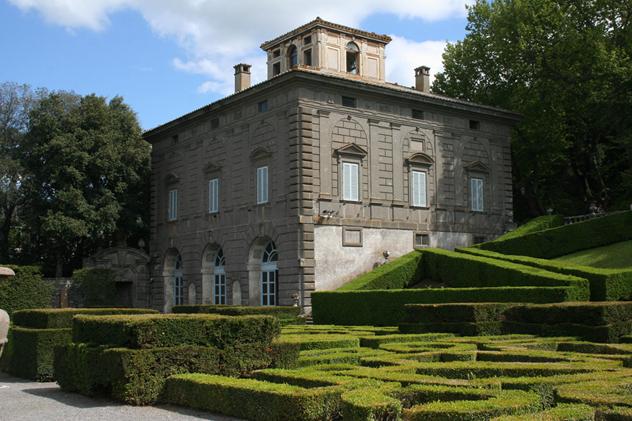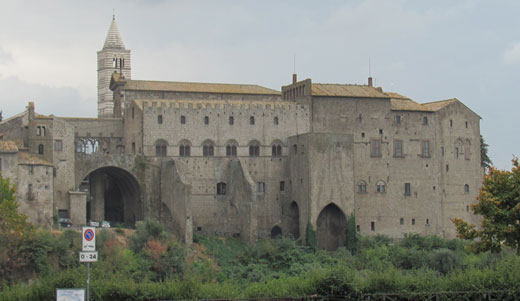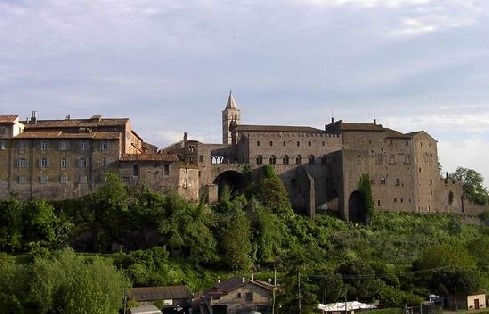TOUR E VISITE GUIDATE IN TUSCIA
VISIT THE MEDIEVAL HEART OF VITERBO AND ITS DISTRICT
The price for group guided tours is €3.50 and up per person.
We create tailor made tours based on your group’s needs.
GASTRONOMY IN THE MEDIEVAL HEART OF VITERBO
These are our groups’ proposals in the old town centre of Viterbo: Typical restaurant located in the medieval quarter of the Papal ’s city. Ideal for a lovely lunch, food tasting, or dinner, before or after a sightseeing to the heart of Viterbo.
The price is €15.00 and up per person.
ITINERARY
THE MEDIEVAL HEART OF VITERBO
The suggestive charm of an intact old town centre through the happenings of the city between history and legend
The medieval old town centre of Viterbo is one of the typical examples of the medieval architecture. The medieval district of San Pellegrino, in particular, with the characteristic houses built on the tuff, (local stone), features a succession of enchanting views. San Pellegrino square is in the middle of the old district, where the church, the majestic and beautiful Alessandri Palace stand. Built around the first half of the XIII century by the powerful family Alessadndri, it is a three-storey palace, and presents an interesting variation of the typical profferlo, (medieval architecture of the time, consisting of only one flight of stairs leading to a landing in the façade of a house) of Viterbo. Instead of being realized outside the building as always, it is built inside the perimeter wall of the palace. The stair’s parapet is decorated with a diamond star. Next to it, there is a colonnade with massive columns, and behind the tower Scacciaricci, a four-story tower House. Speaking of Viterbo, the Pope’s city, it is not possible not to mention the Papal Palace. The Romanesque style building dates back to 1255, while the loggia adjacent to it, finished in 1267, is in gothic style. It lies on top of a hug vault in the centre of which there is an octagonal pillar, which encloses a well. The fountain above gets water from the well and is decorated with coats of arm of the Gatti family, Cardinal Raffaele Galeotto Riatio, Sisto IV Della Rovere, and the Bishop Maria Visconti del Settala.
Next to the Papal Palace, we also find San Lorenzo Cathedral. The church has an impressive Romanesque structure dating back to the XII century, although the facade, due to the restoration works wanted by the Cardinal Gamabara in XVI century, presents itself as a Renaissance style structure and for this reason strongly contrasts the surrounding buildings, in medieval style.
Another prominent element of the square is certainly Valentino Della Pagnotta Palace, a wealthy prior from Viterbo in the late middle Ages. This is one of the most interesting examples of private construction in Viterbo, probably built in 1278 and restructured in 1920. The bifore, (window with a column in the middle), on second floor are closely related to those of the papal palace, and are placed asymmetrically comparing to the underlying arches; the arch in the construction, assumes a strong emphasis both as a constructive and ornamental element.














